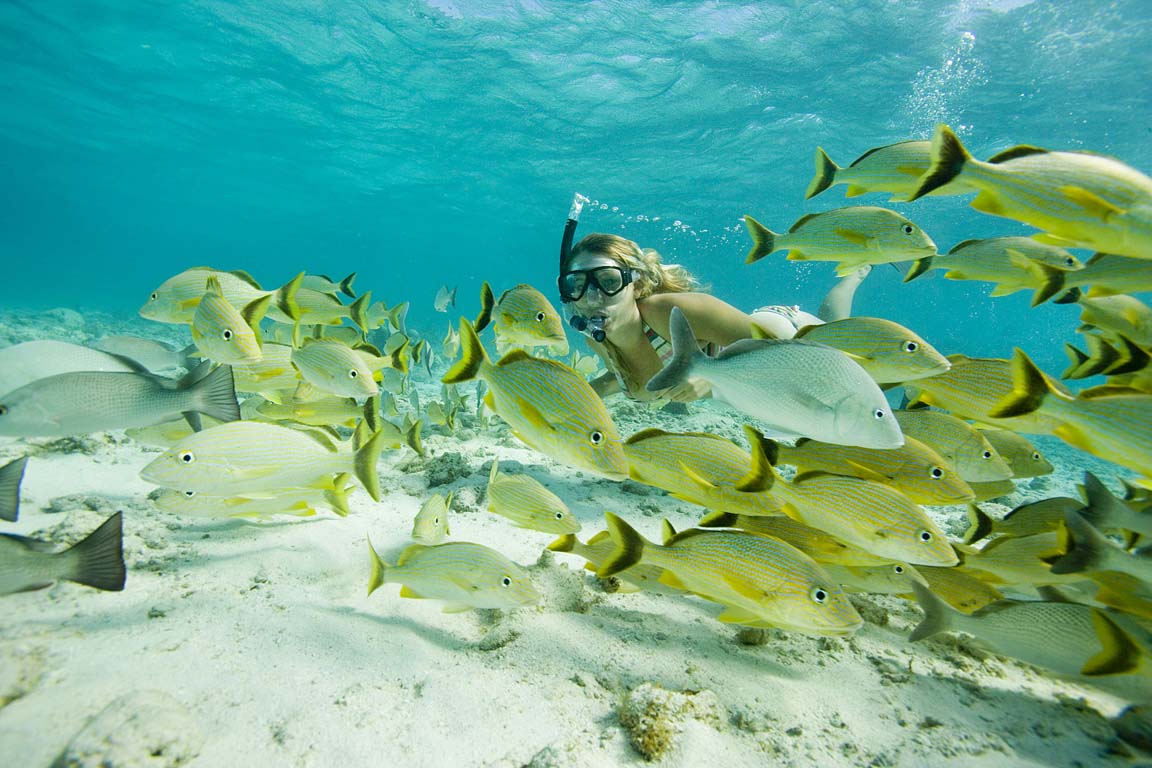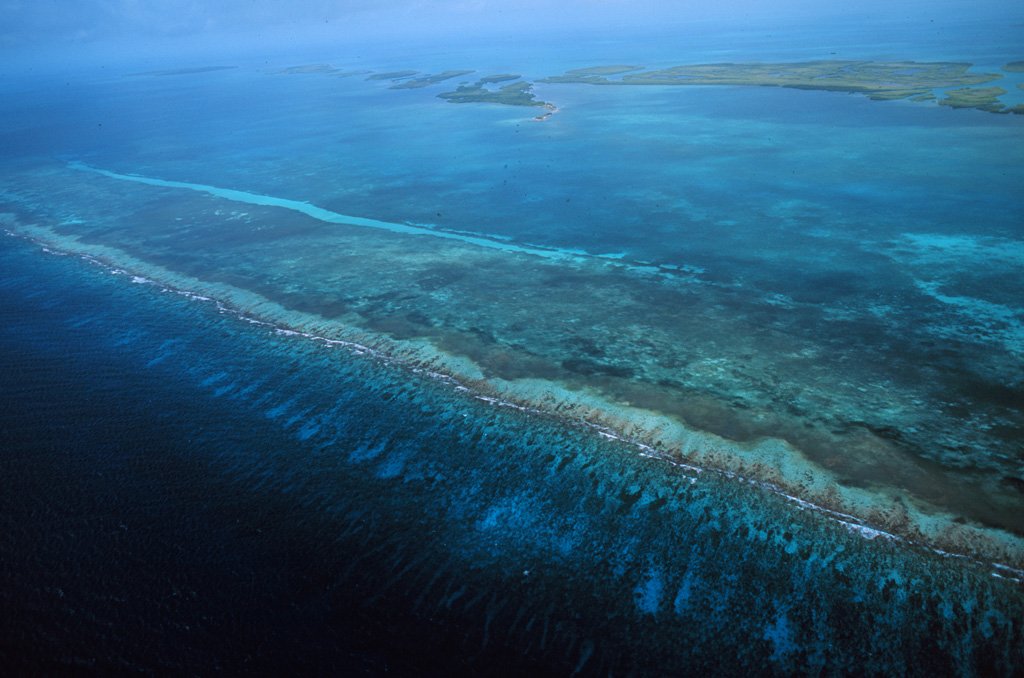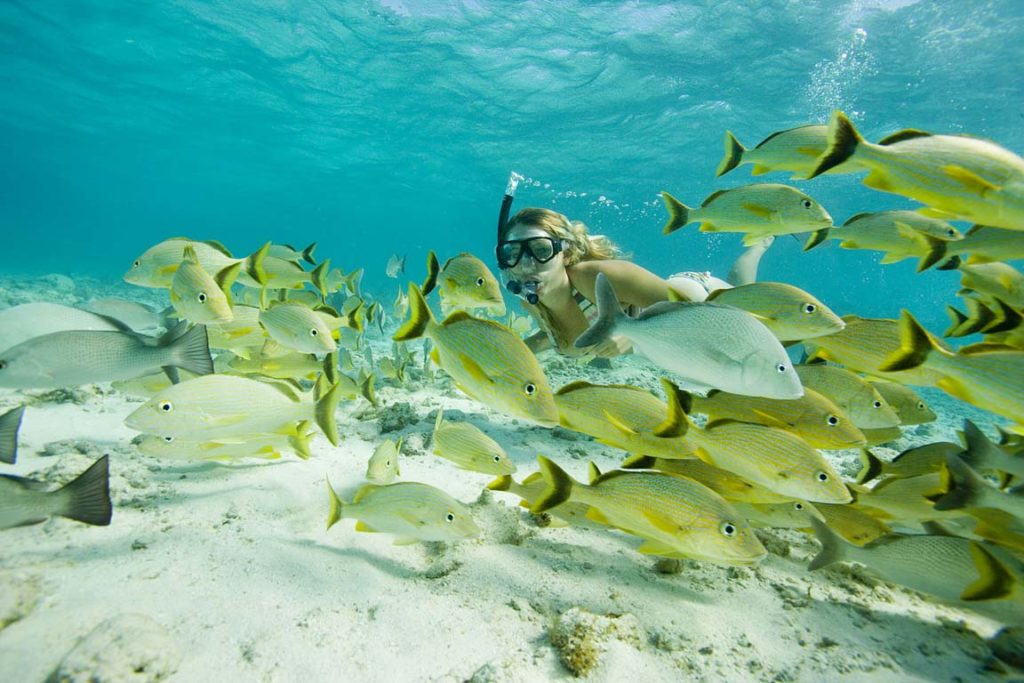Belize: A Leader in protecting the marine environment!

Once again, Belize is recognised as a model for Green practices
A new report from the Wildlife Conservation Society praises Belize’s sustainable fisheries programs and shows how the country’s no-take zones not only help valuable species such as lobster, conch, and fish recover from overfishing, but may also help re-colonize nearby reef areas.
The Society’s “Review of the Benefits of No-Take Zones” cites research from no-take areas around the world. Written by Dr Craig Dahlgren, an expert in protected marine areas and fisheries management, the report is especially relevant now that signatory countries of the Convention on Biological Diversity are being required to protect at least 10 percent of their marine territory.
The report specifically acknowledges Belize’s success in protecting the marine environment and working towards the sustainability of local fisheries.
“Belize has been a leader in the region for establishing marine protected areas and has a world-renowned system of marine reserves many of which form the Belize Barrier Reef Reserve System World Heritage Site,” Janet Gibson, Director of the Wildlife Conservation Society’s Belize Program reports. “It’s clear that no-take zones can help replenish the country’s fisheries and biodiversity, along with the added benefits to tourism and even resilience to climate change.”
The WCS commissioned the report to look at the performance of no-take zones in Belize and in other countries to with an aim towards protecting the world’s highly diverse coral reef systems.

The report also examines factors that affect the performance of no-take zones, such as their design, size, location, and compliance with fishing regulations.
Past studies have shown that the recovery of lobster, conch, and other exploited species within marine protected areas with no-take zones, or fully protected reserves, could take as little as one to six years. The complete recovery of exploited species, however, could take decades.
“The report provides a valuable guide for Belize’s marine managers and fishers,” Dr Caleb McClennen, executive director of WCS’s marine program said. “We also hope this effort will generate and sustain stakeholder support for these important regulatory tools.”
So do we. The more Belizeans understand how successful environmental sustainability programs have been in protecting Belize’s precious, fragile natural resources, the more support we’ll see for those individuals, groups and agencies working in these areas. That’s why we believe that eco-tourism must go hand in hand with eco-awareness – the more people understand what we have, and what we need to do to preserve it, the greener Belize’s on-going development will be.
And, as the world is recognising, that’s a very good thing.
